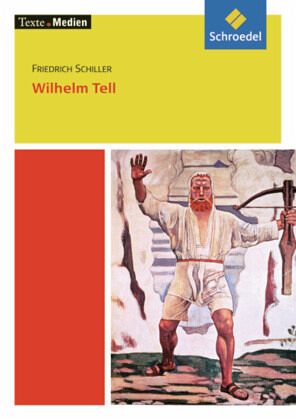
Obviously, that is meant to be relevant to the situation in Germany at the time of writing, and also to the post-1789/post-1776 world more generally.

Throughout the play, the rebels make it clear that they are only seeking to restore their constitutional rights, and in the penultimate scene Tell turns away the man who has come to him for help after assassinating the Emperor Albrecht. One aspect of this is a careful attempt to make a distinction between legitimate rebellion against a (local) ruler who oversteps his constitutional authority and wrongful attempts to usurp the divinely appointed authority of the Holy Roman Emperor. The first performance was in Weimar in March 1804, and the play was published in October of that year.With his historian's hat on, Schiller introduces a couple of interesting nuances into the story. For the details of the Tell legend, Schiller mostly followed Aegidius Tschudi's Chronicle, written in the late 16th century.

The stage directions show clear traces of this geographical interest: we are told exactly which mountains should be visible in the background of each scene. Schiller himself never visited Switzerland, but one of the first things he did when he started work on the play was to order a large-scale map of the Vierwaldstättersee. Schiller half-jokingly claimed that he had started writing his play in 1803 to put an end to the persistent rumours that he was working on a play about William Tell - in practice the impetus seems to have come mostly from his wife Charlotte, who had a long-standing interest in Swiss culture, and from Goethe. Nonetheless, he has long been an important symbol of Swiss national identity, and he achieved pan-European status as an icon of liberty around the time of the French Revolution.

Like many other medieval folk-heroes, the early-14th-century Swiss freedom-fighter William Tell turns out to have left little or no solid evidence to prove that he ever existed - the earliest written mentions of his name are about a century after his supposed lifetime, while many of the stories told about him have suspiciously close parallels to much older mythological sources.


 0 kommentar(er)
0 kommentar(er)
